Top Five Insulation Materials Keeping You Warm

Let the Insulation Countdown Begin
We have many times emphasized just how important proper insulation is, but nevertheless we will say it once again – insulate, insulate, insulate! All those of you who have followed our advice over the years and added insulation to your building envelope (both inside and out) are now enjoying all the benefits of having a well insulation home, including, without limitation, optimal inner temperature, a healthier environment and lower utility costs. Although all relevant and detailed information on available insulation materials can be found on our website, we have decided that it is the right time to make an overview of top five insulation materials keeping you warm, so let the countdown begin.
Fibreglass insulation (glass wool)
Our position number five goes to fibreglass insulation or how we like to call it glass wool. It is a fibrous material made from a mixture of ingredients that are bonded with specially designed resins in order of retaining the firmness and robustness of the material. It can be either blown into the designated area, usually cavity walls or under-roof spaces (found as loose-fill insulation) or is packed into insulation slabs and rolls for easy installation onto walls or floors. It is designed as non-combustible why it can often be found even in commercial and industrial spaces and is also moisture resistant which means that it will not absorb the moisture if any, but it will dry out without losing its insulation effectiveness. It has good R values and can contribute to energy savings and lower CO2 emissions
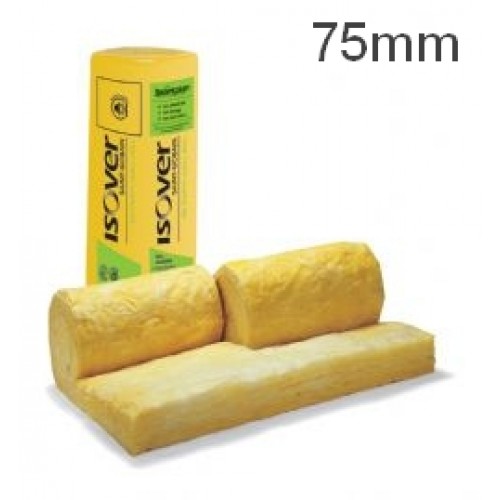
Polyisocyanurate or PIR insulation
Place number five in our countdown of insulation materials goes to popular PIR insulation. This type of insulation also comes in many forms, including spray-foam, liquid or rigid insulation boards and panels. Thus, it is very flexible and versatile and can be used on a number of different surfaces. It is made of specially designed kind of plastic that has closed cell structure. It is often combined with other materials bonded to the surface of the boards (such as OSB boards) and reflective insulation materials, for improved efficiency. Although it is more expensive than our number five candidate, it has better R values and thus is more efficient.
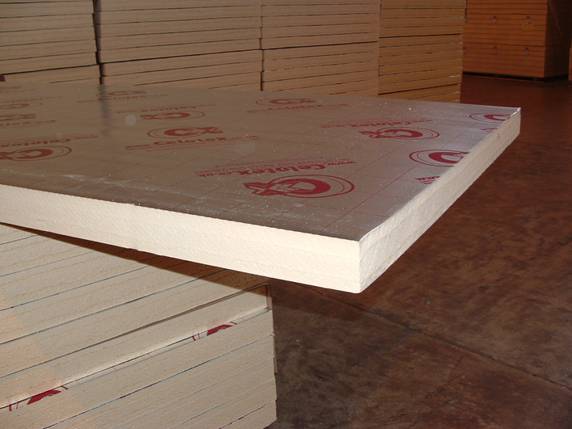
Polystyrene insulation
Polystyrene insulation is another option for keeping your house warm and deserves a position on our list. Again, we are dealing with a kind of plastic which is however in this case molded into thin sheets or foam board. Although it comes as a number of small plastic beads and can be easily poured into the designated area, the beads are very light and are thus compressed into rigid insulation panels. There are two basic types of polystyrene, expanded (EPS) and extruded (XPS) polystyrene. Their main difference is in the manufacturing procedure and some characteristics that are dependent on the production. Namely, results of studies show that XPS is among the most energy efficient insulation materials, since it uses less energy to be produced than the amount of energy it saves when properly installed, since due to its resistance, it can last even up to 50 years.
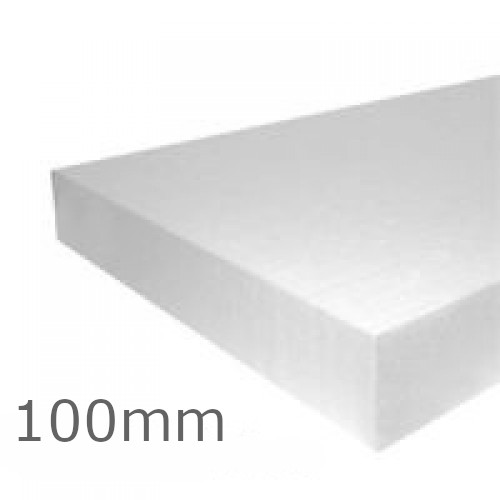
Reflective insulation
The silver medal in this insulation materials countdown goes to reflective insulation. As the name indicates, it is designed to mostly reflect heat and thus control radiant heat transfer. It includes some reflective material, usually aluminium that is bonded to kraft paper, plastic film or cardboard. It can also be found on surface of certain insulation boards, as aforementioned, for better performance simply due to the fact that most insulation products are designed to affect conductive and convective heat transfer, but not radiant one, which is the main purpose of reflective foil insulation. It is most often found in roof insulation, between roof rafters, between floor studs or wall joists. Unlike other materials on our list, it does not have an R value, and its effectiveness will depend on many different factors such as place of insulation, weather conditions and combination with other insulation materials.
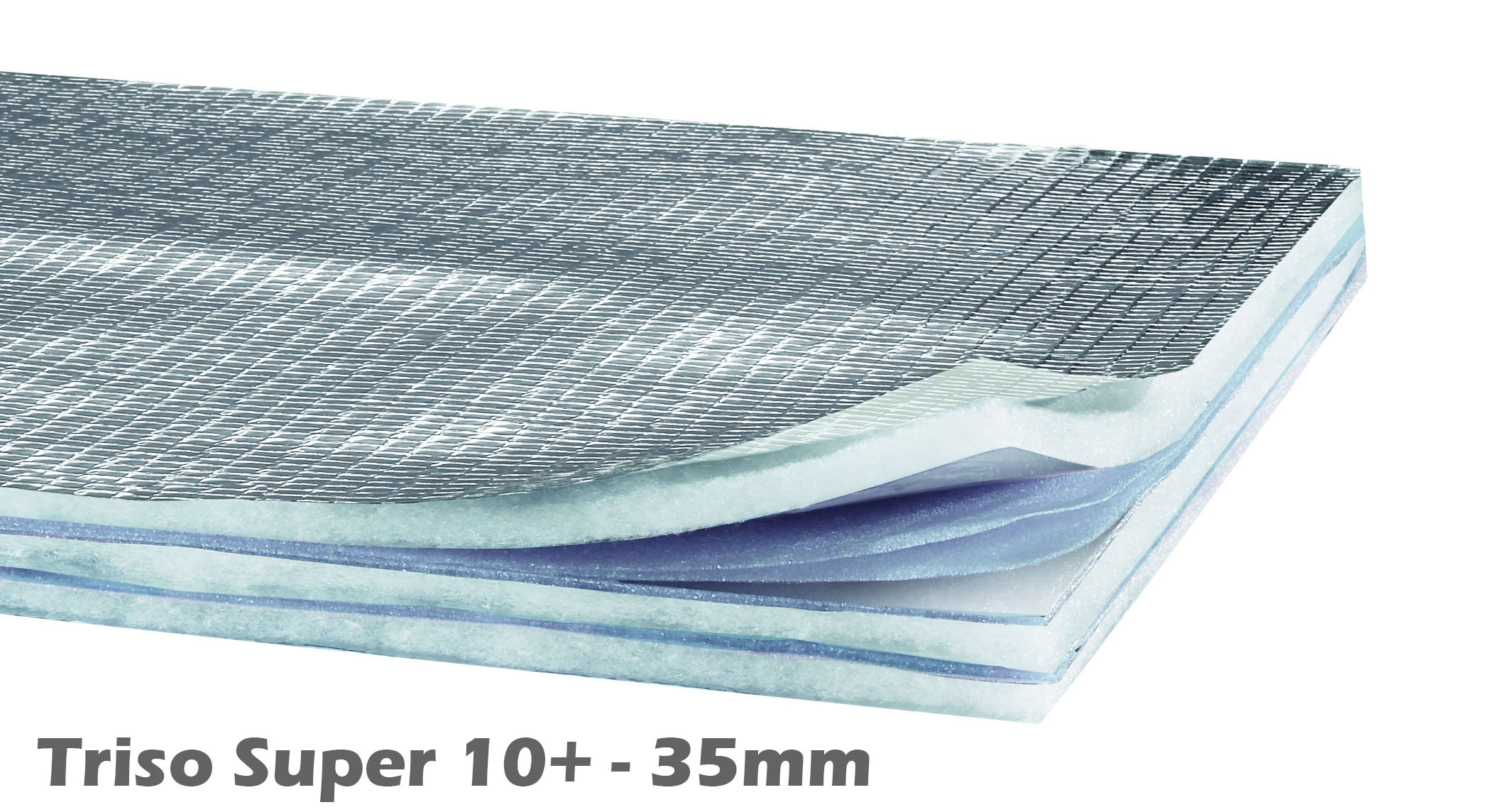
Mineral (rock) wool insulation
It has almost 80% recyclable content since it uses mostly post-industrial waste, which makes it not only cheaper than the alternative but also quite eco-friendly since it can be reused if in good shape and it usually has low GWB. It comes in many shapes and sizes, including loose-fill, slabs and rolls, it is very easy to cut, shape and install, which makes it among the most popular insulation materials in the market. The material can be seen on almost any surface, including walls, roofs, attic spaces, floors, even pipe work and ductwork within your home why it deserves the champion position in this list.
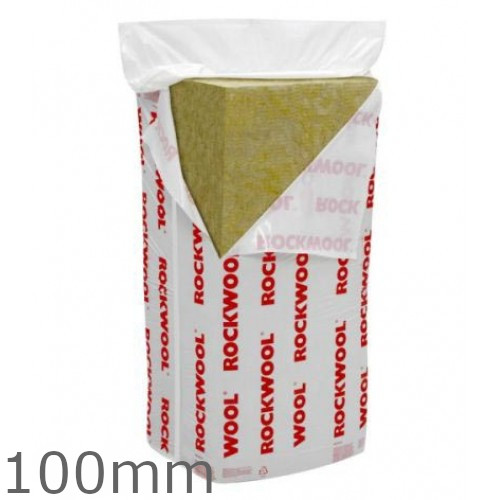
Send us your insulation project requirements and we'll quote you on the price and lead time. Visit Insulation Shop and take a look at the products you can use for your insulation project.











































































































